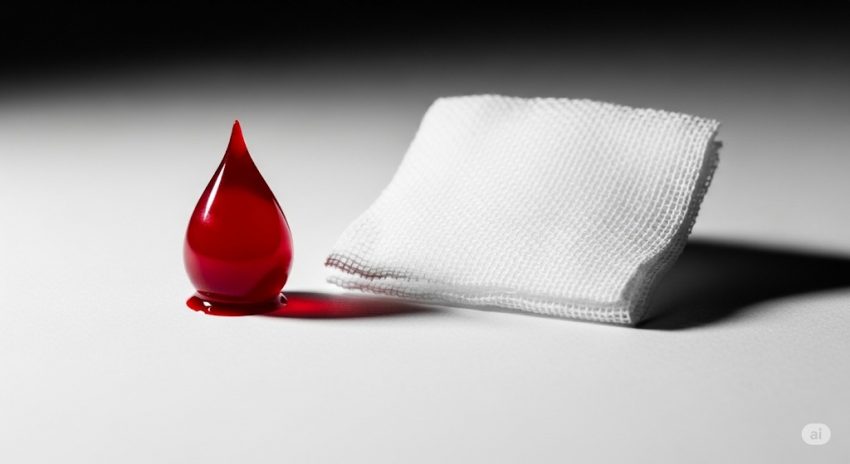The wound care industry is undergoing significant transformation, driven by innovation, demographic shifts, and increasing healthcare demands. Global wound care market valued at $20.97B in 2024, reached $22.22B in 2025, and is projected to grow at a robust 6.5% CAGR, hitting $30.48B by 2030. This growth is underpinned by technological advancements, rising chronic disease prevalence, and evolving treatment protocols aimed at faster healing and better patient outcomes. From advanced dressings to AI-powered wound assessment, the market is redefining traditional care approaches while expanding accessibility worldwide.
Download PDF Brochure: https://www.marketsandmarkets.com/pdfdownloadNew.asp?id=371&utm_source=reportsnreports.com&utm_medium=referral&utm_campaign=kk23
Rise of Advanced Wound Dressings
One of the most prominent shifts in the wound care market is the growing adoption of advanced wound dressings, which go beyond the basic role of covering wounds. These dressings are designed to maintain optimal moisture levels, facilitate oxygen flow, and provide antimicrobial protection, thereby accelerating healing and reducing infection risks. Hydrocolloid, hydrogel, foam, and alginate dressings are among the leading solutions gaining traction. The increasing incidence of chronic wounds—especially diabetic foot ulcers, pressure ulcers, and venous leg ulcers—has fueled demand for such innovations. Healthcare providers are increasingly recommending these solutions because they reduce the frequency of dressing changes, improve patient comfort, and ultimately cut down hospitalization costs. Furthermore, sustainability is becoming a priority, leading manufacturers to develop biodegradable and eco-friendly dressing materials without compromising functionality. As reimbursement frameworks in multiple countries start to recognize the clinical and economic benefits of these products, their penetration into both hospital and home care settings is expected to surge. This trend aligns with the broader healthcare movement toward personalized and precision medicine, tailoring wound care approaches to the specific healing needs of each patient.
Integration of Digital & AI-Powered Wound Assessment
The integration of digital tools and AI in wound care is rapidly changing how wounds are diagnosed, monitored, and managed. AI-driven wound assessment apps can capture high-resolution images, automatically calculate wound dimensions, and assess healing progress with a level of accuracy that rivals expert clinicians. These platforms are proving invaluable for telemedicine consultations, enabling remote patient monitoring without compromising care quality. The combination of image analytics, cloud storage, and predictive modeling allows healthcare providers to identify stalled healing early and adjust treatment strategies proactively. Hospitals are also incorporating these systems into electronic health record (EHR) workflows, improving interdisciplinary communication between physicians, nurses, and specialists. Importantly, such digital solutions reduce the burden on healthcare facilities by enabling patients—particularly in rural or underserved areas—to receive accurate wound evaluations without traveling long distances. As AI algorithms improve through machine learning and larger datasets, their predictive capabilities will not only help determine optimal treatment paths but also prevent complications, such as infections or amputations, before they occur.
Shift Toward Regenerative Medicine & Bioengineered Skin Substitutes
Regenerative medicine has emerged as a game-changer in the wound care market, focusing on repairing damaged tissues and promoting natural healing processes. Bioengineered skin substitutes, often derived from human cells or animal collagen, offer an effective alternative for patients with severe burns, chronic ulcers, and surgical wounds. These substitutes mimic the structure and function of real skin, creating an environment conducive to cell growth, angiogenesis, and faster tissue regeneration. They are particularly valuable in cases where traditional dressings are insufficient or when a patient’s own healing capacity is compromised. Recent advances in stem cell therapy and growth factor delivery are further enhancing the effectiveness of these solutions, allowing for faster integration into the patient’s tissue and reducing scarring. Governments and research institutions are investing heavily in regenerative medicine research, accelerating its commercialization. Over the next five years, the increasing affordability and scalability of these technologies will likely bring them into mainstream wound care, expanding their availability beyond specialized burn units and advanced surgical centers.
Expanding Home-Based Wound Care Services
The shift toward home-based wound care is accelerating, driven by aging populations, the rise of chronic diseases, and the need to reduce hospital overcrowding. Patients with long-term wounds such as diabetic ulcers or post-surgical incisions increasingly prefer receiving care in their homes for convenience, cost-effectiveness, and comfort. This transition has been made possible by portable negative pressure wound therapy (NPWT) devices, user-friendly dressings, and remote monitoring technologies. Home health agencies are equipping nurses with advanced wound care training, ensuring that complex wounds can be managed effectively outside hospital walls. Moreover, insurers are recognizing the cost savings of home-based treatment and offering better reimbursement policies for these services. The growth of telehealth platforms further supports this trend, enabling real-time communication between patients and healthcare providers. As healthcare systems continue to prioritize patient-centered models, home wound care will become an integral component of post-acute care strategies, significantly expanding its role in the overall wound care ecosystem.
Growing Emphasis on Infection Prevention & Antimicrobial Solutions
With antibiotic resistance on the rise, infection prevention in wound management has taken center stage. The market is witnessing increased adoption of antimicrobial dressings infused with silver, iodine, or honey, which offer broad-spectrum antimicrobial activity without promoting resistance as rapidly as systemic antibiotics. These dressings not only control microbial load but also support wound healing by maintaining a balanced moisture environment. Additionally, innovations in smart wound dressings are enabling real-time detection of bacterial activity, changing color when infection is present, and prompting timely intervention. This is especially critical for immunocompromised patients, where infections can escalate quickly. Hospitals and outpatient clinics are also implementing stricter wound care protocols, emphasizing aseptic techniques, rapid diagnostics, and targeted antimicrobial therapies. With global health organizations urging more responsible antibiotic use, the demand for topical antimicrobial solutions is expected to continue its upward trajectory, positioning them as a cornerstone of modern wound care practices.

